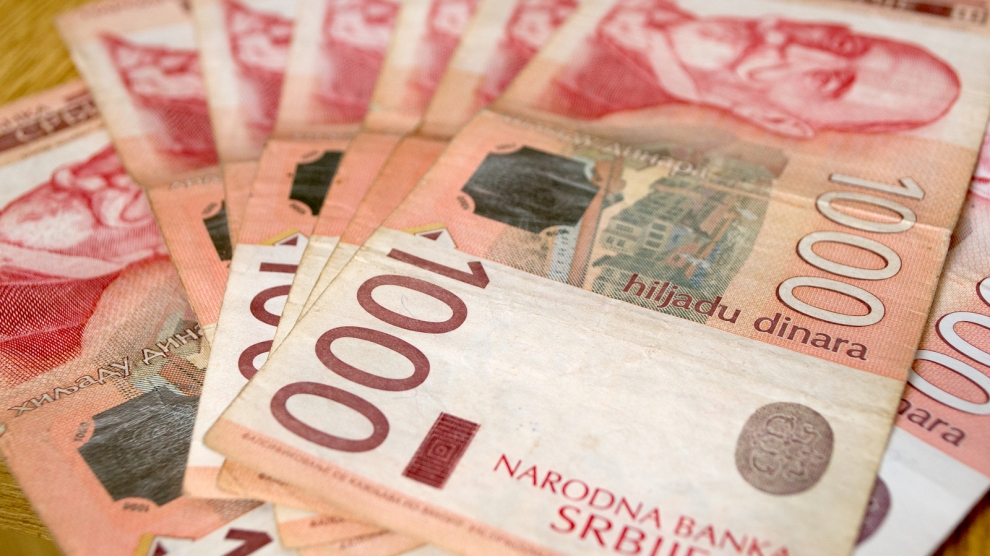Serbia has successfully completed a three-year, 1.32 billion US dollar International Monetary Fund (IMF) programme, overachieving in several areas. “The programme has executed much better than expected, overperforming many of its macroeconomic goals,” said James Roaf, head of the IMF’s Serbia team.
The program was launched three years ago in order to help the Serbian economy, which had been stagnating since the 2008 financial crisis.
“Serbia has managed to dig itself out of a hole: after stalling for years in the wake of the global financial crisis, growth has now returned, coupled with rising investment and employment. A lot of work has been started to transform the country into a fully-fledged market economy; these reforms need to be deepened after the conclusion of the programme for Serbia to reach its full potential,” Mr Roaf continued.
From having the second-largest current account deficit in Europe in 2014, Serbia boasted a surplus in 2017. Economic confidence has improved with stronger investment both from foreign and domestic sources. Unemployment is near historic lows, and falling. Banks are solid, and nonperforming loans are now below their pre-crisis levels.
However, according to the IMF, it’s vital that progress is maintained. Serbia now needs to strengthen its institutions to support private-sector-led growth, and modernisation efforts should include the tax administration and public services including education and health. Secondly, despite the huge progress the country has made on privatisation, many state-owned enterprises still need work to achieve unsubsidised free market viability, especially in the mining and petrochemicals sectors.
“Significant progress on structural reforms has strengthened Serbia’s growth potential and job creation, and reduced fiscal risks,” said Tao Zhang, IMF deputy managing director and acting chair at the end of 2017.
“Nevertheless, substantial work remains in SOE governance, management and investment as well as public administration. Serbia’s business environment has improved due to both macroeconomic stability and a better regulatory environment. Further efforts are needed to address problem areas for businesses, including taxes and para-fiscal charges, and delays and uncertainty in the judicial system,” he added.






Add Comment